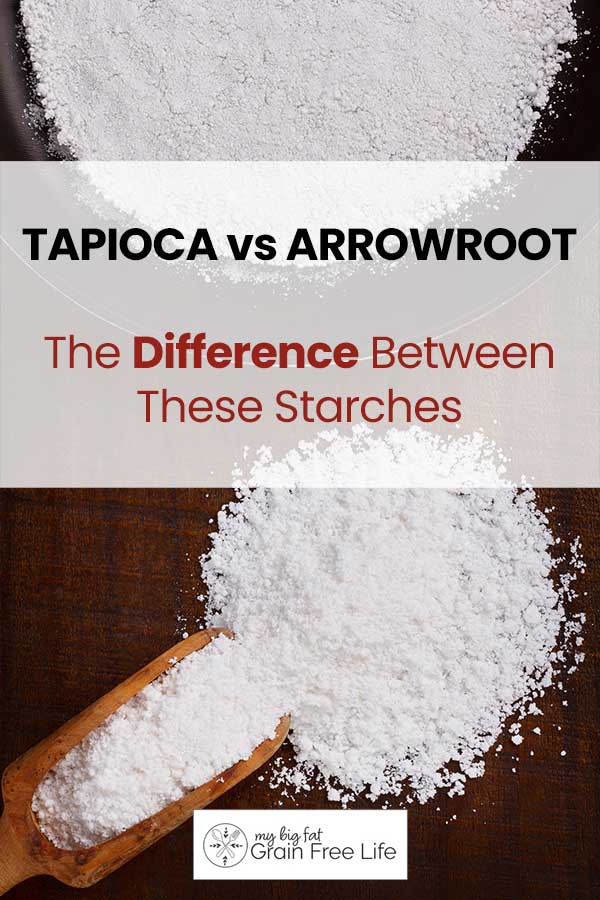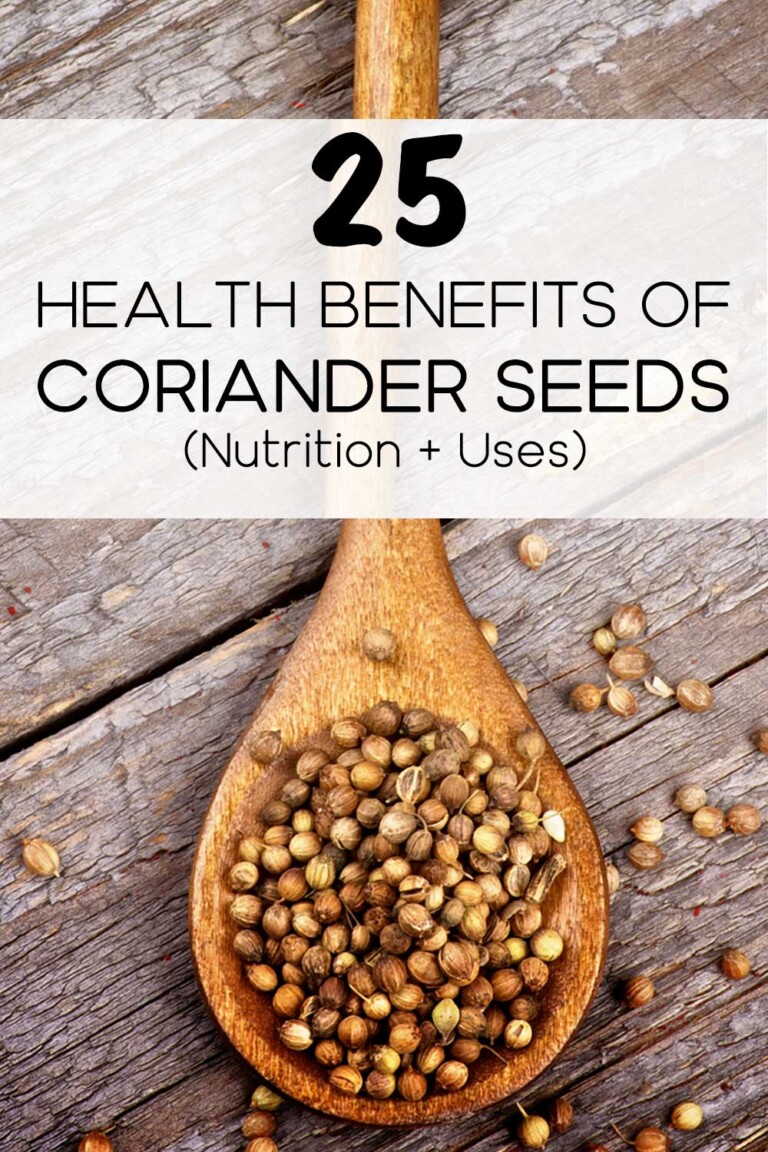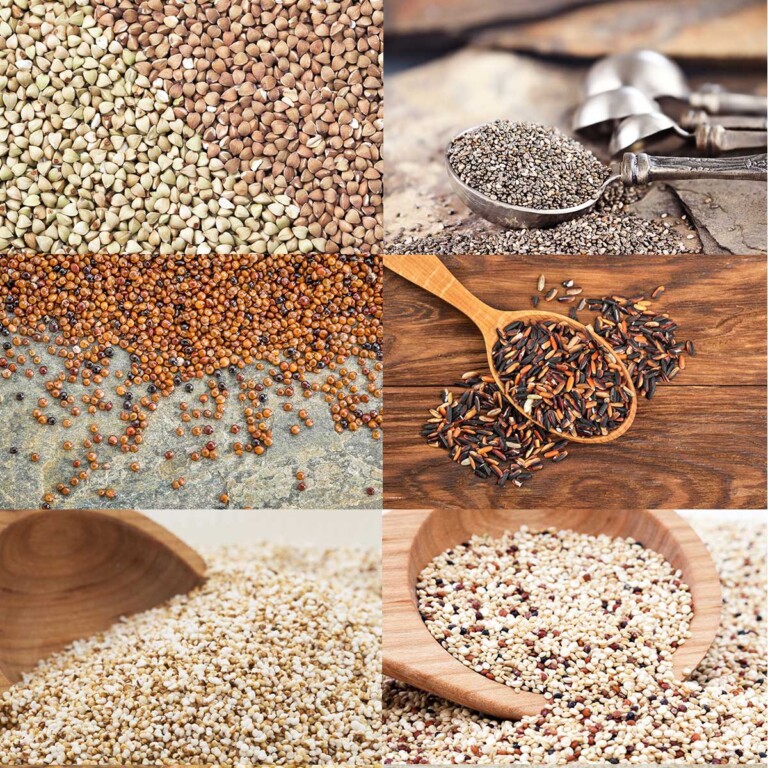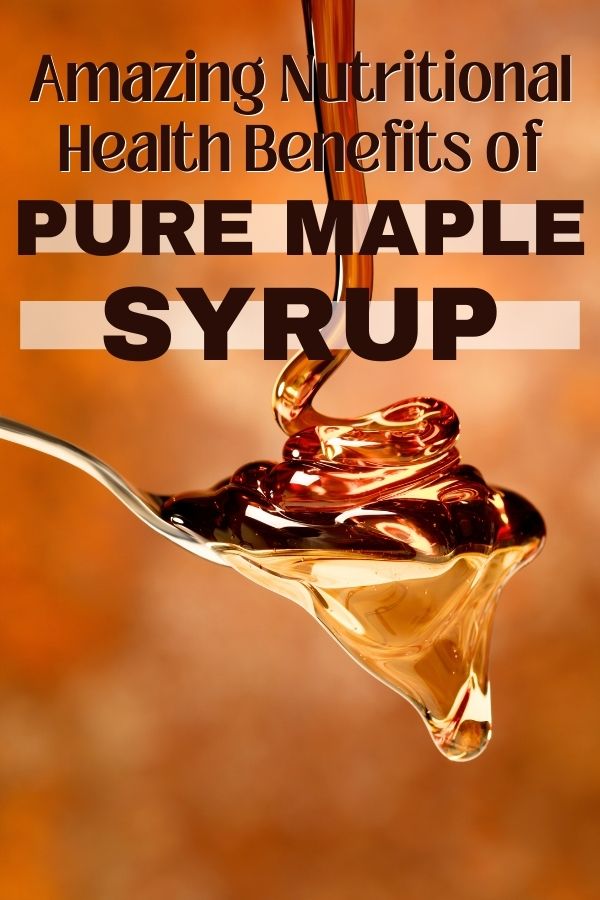The Health Benefits of Raw Milk (Nutrition + Risks)
This post may contain affiliate links. If you make purchase after clicking a link, I may receive a commission at no extra cost to you.
Last Updated on December 7, 2023
Although there are some vitamins and nutrients in both raw milk and pasteurized milk, raw milk excels when it comes to potential health benefits. Discover the surprising health benefits of raw milk and learn about the risks associated with unpasteurized milk.

The Health Benefits of Raw Milk
In recent years, there has been a growing interest in raw milk consumption and its potential benefits. But what exactly is raw milk, and how does it differ from pasteurized milk?
We’re going to explore the nutritional advantages of raw milk, the various health benefits it offers, and the safety concerns associated with consuming this unprocessed dairy product.
What Is Raw Milk?
Raw milk is, quite simply, milk that has not undergone any heat treatment or pasteurization to kill off potentially harmful bacteria. It is a natural and unprocessed form of milk obtained directly from cows, sheep, or goats.
Why Do People Consume Raw Milk?
Raw milk enthusiasts believe that consuming milk in its raw form provides a range of health benefits. They argue that the pasteurization of milk, a process that involves heating milk to an ultra-high temperature to kill bacteria, also destroys beneficial enzymes and nutrients present in raw milk. These enzymes are believed to aid in digestion and enhance the body’s immune system.
Raw Milk Has a Higher Nutritional Profile
Advocates of raw milk claim that it contains higher levels of vitamins, minerals, and healthy fats compared to conventional milk.
Raw Milk Has a Superior Taste
Many individuals who have tried raw milk describe it as having a richer and creamier flavor compared to pasteurized milk. This enhanced taste is attributed to the presence of natural fats and proteins that remain intact in raw milk, which can contribute to a more satisfying and enjoyable drinking experience.

What Is Pasteurized Milk?
In contrast to raw milk, pasteurized milk is subjected to a process called pasteurization, where it is heated to a specific temperature and then rapidly cooled. The pasteurization process helps eliminate harmful bacteria such as Salmonella and E. coli, making the milk safer for consumption.
However, the downside of pasteurization is that it also destroys some of the beneficial nutrients naturally present in raw milk.
Nutritional Benefits of Pasteurized Milk vs. Raw Milk
Raw milk and pasteurized milk differ not only in terms of safety but also in their nutritional profiles. While both types of milk contain essential vitamins and minerals, raw milk is often considered to be more nutrient-dense due to its unaltered state.
Raw milk is considered to be a more alkaline food than pasteurized milk.
Raw Milk Enzymes
One of the main advantages of raw milk is its higher content of enzymes. Digestive enzymes are crucial for digestion and can help break down lactose, proteins, and fats, making them more easily digestible for individuals with lactose intolerance or other digestive issues.
Raw Milk Probiotics
Probiotics, another key component of raw dairy products, are beneficial bacteria that can support a healthy gut microbiome and aid in digestion. Pasteurization can eliminate the probiotic bacteria, reducing the potential digestive benefits of pasteurized milk.
Healthy Fats in Raw Milk
In terms of fats, raw milk contains a higher proportion of healthy fats, including omega-3 fatty acids and conjugated linoleic acid (CLA). These fats have been linked to numerous health benefits, such as reducing inflammation, improving heart health, and promoting brain function.
Amino Acids in Raw Milk
Amino acids, the building blocks of proteins, are also abundant in raw milk. These essential nutrients play a vital role in various bodily functions, including muscle growth, tissue repair, and hormone production. The preservation of amino acids in raw milk makes it an excellent source of high-quality protein.
Bioavailable Vitamins and Minerals
Additionally, raw milk retains the bioavailability of vitamins and minerals, meaning that they are in a form that is easily absorbed and utilized by the body. This includes crucial nutrients like vitamin D, calcium, magnesium, and potassium, which are essential for strong bones, teeth, and overall well-being.
40 Health Benefits of Raw Milk
Raw milk has long been hailed for its potential health benefits, which extend beyond its rich nutritional quality. While the extent of these benefits may vary from person to person, here are 40 potential reasons why individuals choose to consume raw milk:
Raw Milk is Nutrient-rich
Raw milk is packed with essential nutrients like vitamins (A, B, D, and E), minerals (calcium, magnesium, and potassium), proteins, and healthy fats.
May Help Improve Digestion
The enzymes present in raw milk aid in the digestion of lactose and other nutrients, making it easier to digest.
Enhances Nutrient Absorption
Raw milk contains enzymes that help the body absorb nutrients more effectively.
Supports Immune System
Raw milk contains immune-boosting components like immunoglobulins and beneficial bacteria that support a healthy immune system.
Promotes Bone Health
The high calcium content in raw milk contributes to strong bones and teeth.
May Reduce Risk Of Osteoporosis
Consuming raw milk regularly can lower the risk of developing osteoporosis later in life.
Supports Heart Health
Raw milk contains omega-3 fatty acids which promote heart health by reducing inflammation and improving blood flow. This is great for preventing heart disease.
Supports Brain Function
The combination of vitamins, minerals, and healthy fats in raw milk can enhance brain function and cognitive abilities.
Promotes Healthy Vision
Raw milk is a good source of vitamin A, which promotes healthy vision.
May Aid In Weight Management
The protein content in raw milk helps you feel full for longer periods, aiding in weight management.
Supports Muscle Growth And Repair
The protein content in raw milk supports muscle growth and repair after exercise or physical activity.
May Help Increase Energy Levels
The carbohydrates present in raw milk provide a quick source of energy for the body.
Promotes Skin Health
Raw milk’s vitamin E content promotes healthy skin by protecting against oxidative damage caused by free radicals.
May Reduce Risk Of Allergies
Some studies suggest that consuming raw milk may reduce the risk of developing allergies and asthma.
May Aid In Hormonal Balance
Raw milk contains essential fatty acids that help maintain hormonal balance in the body.
Supports Reproductive Health
The nutrients in raw milk, such as vitamin D and calcium, play a role in reproductive health and fertility.
Anti-inflammatory Properties
Raw milk’s omega-3 fatty acids have anti-inflammatory properties that can help reduce inflammation in the body.
May Lower Risk Of Type 2 Diabetes
Some studies suggest that consuming raw milk may lower the risk of developing type 2 diabetes.
Supports Liver Health
Raw milk contains nutrients that support liver health and detoxification processes.
Helps Prevent Tooth Decay
The calcium and phosphorus content in raw milk contribute to strong teeth and prevent tooth decay.
May Improve Sleep Quality
Raw milk contains tryptophan, an amino acid that promotes better sleep quality.
Aids in Detoxification
The enzymes present in raw milk, such as lactase and lipase, help break down the nutrients and make them more easily absorbable by the body. This aids in the efficient elimination of toxins from the body. Raw milk is also a good source of vitamins, minerals, and antioxidants, which support the body’s natural detoxification processes.
May Help Balance Blood Sugar Levels
The combination of protein, fats, and carbohydrates in raw milk helps stabilize blood sugar levels.
May Reduce Risk Of Cancer
Raw milk contains conjugated linoleic acid (CLA), which has been associated with a reduced risk of certain types of cancer.
Promotes Healthy Gut Flora
Raw milk is rich in beneficial bacteria that supports gut health and a diverse gut microbiome.
Promotes Health Preganancy
Raw milk is an excellent source of calcium, which plays a vital role in the development of your baby’s bones and teeth. It also contains proteins that are essential for the growth and repair of tissues. Additionally, raw milk provides various vitamins such as vitamin D, vitamin A, vitamin B12, and riboflavin, which are important for both you and your baby’s overall health.
It is important to note that consuming raw milk during pregnancy carries some risks, so it is essential to ensure the milk comes from a trusted source and is properly handled and stored.

Alleviates Allergy Symptoms
Some individuals report relief from allergy symptoms after switching to raw milk due to its immune-supporting properties.
May Improve Mood And Mental Health
The nutrients in raw milk contribute to optimal brain function, promoting better mood and mental health.
Promotes Stronger Hair And Nails
The vitamins and minerals present in raw milk promote healthy hair growth and stronger nails.
Anti-aging Benefits
The antioxidants present in raw milk can help fight free radicals, reducing signs of aging on the skin.
Promotes Faster Recovery From Illness Or Injury
Nutrients like proteins, vitamins, and minerals present in raw milk aid in faster recovery from illness or injury.
May Reduce Risk Of Asthma
Some studies suggest that consuming raw milk may reduce the risk of developing asthma in children.
May Improve Cognitive Function
The nutrients in raw milk support optimal brain function, improving memory, concentration, and cognitive abilities.
Can Help Boost Metabolism
The combination of proteins and healthy fats in raw milk can help boost metabolism and promote weight loss.
Can Help Regulate Blood Pressure
Raw milk’s potassium content may help regulate blood pressure levels.
Promotes Healthy Scalp & Hair Growth
Raw milk’s nutrient profile promotes healthy hair growth, prevents hair loss, and maintains a healthy scalp.
May Reduce Risk Of Allergies In Children
Some research suggests that early exposure to raw milk may reduce the risk of allergies in children.
Can Help Enhance Athletic Performance
The combination of carbohydrates, proteins, and electrolytes present in raw milk can improve endurance and aid in post-exercise recovery.
Reduces Risk Of Metabolic Syndrome
Some studies suggest that consuming raw milk may lower the risk of developing metabolic syndrome.
Promotes Faster Wound Healing
The nutrients present in raw milk aid in faster wound healing by promoting tissue repair and regeneration.

What Does Raw Milk Taste Like?
Raw milk can vary in flavor depending on factors such as the breed of the cow, their diet, and the environment they are raised in. However, many raw milk drinkers describe it as having a richer and creamier taste compared to pasteurized milk.
Raw milk advocates often prefer fresh milk from grass-fed cows due to its superior taste and quality.
Safety of Raw Milk
While raw milk offers numerous potential health benefits, it is essential to address the safety concerns associated with consuming unpasteurized dairy products.
Raw milk can contain harmful bacteria such as Salmonella, E. coli, and Listeria, which can lead to foodborne illnesses. These bacteria can be particularly dangerous for individuals with compromised immune systems, pregnant women, young children, and the elderly.
This is especially true if the milk comes from unsanitary or poorly maintained sources. If you choose to consume raw milk, it is crucial to ensure that it comes from a reputable and trustworthy source with strict quality control measures in place.
You’ll want to find a local farmer who raises healthy cows and performs raw milk safety tests as this can help minimize the risk of contamination and ensure that the milk is safe for consumption.
Lactose Intolerance and Raw Milk
Individuals with lactose intolerance often struggle to digest lactose, the natural sugar found in milk. Surprisingly, many people with lactose intolerance report being able to tolerate raw milk more easily than pasteurized milk.
This can be attributed to the presence of lactase, the enzyme responsible for breaking down lactose, which remains active in raw milk. However, it is essential to consult with a healthcare professional before consuming raw milk if you have lactose intolerance to determine if it is suitable for you.
Types of Raw Milk
Raw milk can come from various animal sources, including cows, sheep, and goats. Each type of raw milk may have subtle differences in taste, texture, and overall nutrient composition.
Many individuals seek out raw milk from grass-fed, pasture-raised cows or organic dairy farms, as it is believed to offer a superior nutritional profile compared to conventional sources.

Is Raw Milk Legal?
The legality of raw milk varies from country to country and within different regions or states. Some places prohibit the sale of raw milk altogether, while others strictly regulate its production and distribution. It is important to familiarize yourself with the laws and regulations regarding raw milk in your area before considering its purchase or consumption.
Check to see if raw milk is legal in your state.
Where to Buy Raw Milk
If raw milk is legal and available in your area, there are several options for purchasing it. It’s unlikely you will find raw milk at grocery stores, however.
Local farmer’s markets, organic food stores, and specialty dairy farms may carry raw milk. Sometimes people will purchase their milk in containers labeled “not for human consumption” due to the laws and regulations regarding the sale of raw milk.
You can also try searching the raw milk finder for locations near you.
How to Store Raw Milk
Proper storage is crucial to maintain the quality and safety of raw milk products. Raw milk should be kept refrigerated at a temperature below 40°F (4°C) to inhibit the growth of bacteria. It is recommended to consume raw milk within a few days of purchase and always follow the storage guidelines provided by the producer.
Other Raw Milk Products
You can also enjoy the health benefits of raw milk in other products. Just look for “raw” on the packaging.
- Yogurt
- Cheese
- Butter
- Cream
- Sour cream
- Buttermilk
- Kefir
Final Summary
Raw milk is a controversial topic in the world of dairy consumption. While it undoubtedly offers a unique taste and potential health benefits, it is crucial to be aware of the potential safety concerns associated with consuming unpasteurized dairy products. Individuals interested in trying raw milk should carefully consider the source and ensure that it is produced and handled in a safe and sanitary manner. As with any dietary decision, it is important to consult with a healthcare professional to determine what is best for your individual health needs.
Sources
- https://www.health.com/raw-milk-safe-drink-7561712
- https://www.realmilk.com/vitamins-and-minerals
- https://www.nutritionix.com/food/raw-whole-milk
- https://www.dorasdairy.co.uk/raw-milk
- https://www.ncbi.nlm.nih.gov/pmc/articles/PMC7285075
- https://www.rawmilkinstitute.org/updates/raw-milk-and-lactose-intolerance
- https://www.sciencedirect.com/topics/agricultural-and-biological-sciences/pasteurized-milk







